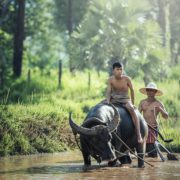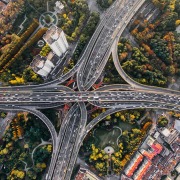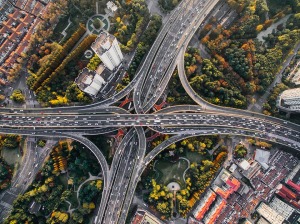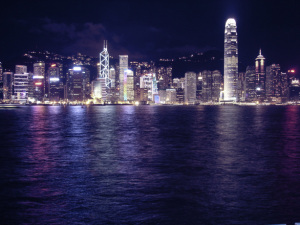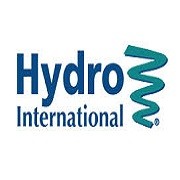Tender Awarded For Integrated Retail, Dining And Entertainment Development In SKYCITY
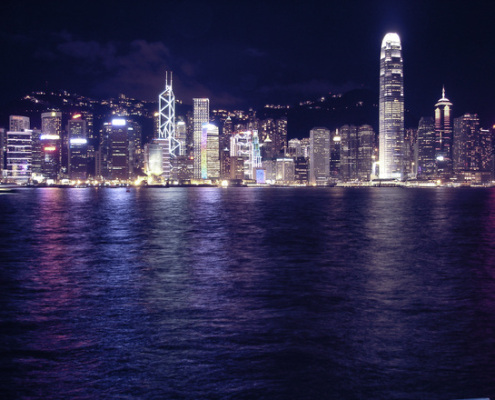
Airport Authority Hong Kong (AA) recently announced that Roxy Limited, a subsidiary wholly-owned by New World Development Company Limited, has been awarded the right to develop and manage a world-class destination commercial development (Site A2 and A3, the Development) in SKYCITY at Hong Kong International Airport.
The Development is a crucial part of the overall long-term development of HKIA. The award follows an open tender exercise held earlier, which received a number of strong bids from local and international developers and retail operators.
Scheduled to be opened in phases from 2023 to 2027, the Development, adjacent to HKIA’s passenger terminals, will provide a maximum gross floor area of 350,000 square metres, with retail, dining and state-of-the-art entertainment facilities tailor-made for visitors and local residents of different ages. Under the agreement, Roxy Limited will design, construct, finance and manage the Development, which will be the largest integrated retail, dining and entertainment development in Hong Kong.
Apart from the Development, a hotel is being developed on another site of SKYCITY(Site A1a), for which Regal Hotels Group has been awarded the development and management right earlier. The new hotel is scheduled to be opened in the year 2020-2021.
SKYCITY occupies approximately 25 hectares of land and benefit from the customer base of HKIA which served 72.9 million passengers in the past year. The passenger traffic at HKIA is projected to rise to more than 100 million by 2030 with the completion of the Three-runway System. SKYCITY will also tap into the full potential brought by the Tuen Mun-Chek Lap Kok Link and Hong Kong-Zhuhai-Macao Bridge that will greatly enhance the connectivity is well-positioned to of the SKYCITY not only within Hong Kong, but also the Pearl River Delta.

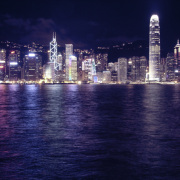
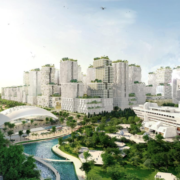
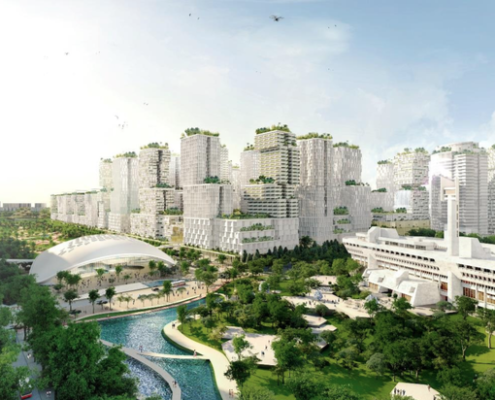 The Singapore Urban Redevelopment Authority (URA) recently unveiled the masterplan for Jurong Lake District , the city’s future second Central Business District.
The Singapore Urban Redevelopment Authority (URA) recently unveiled the masterplan for Jurong Lake District , the city’s future second Central Business District.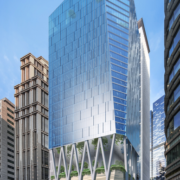
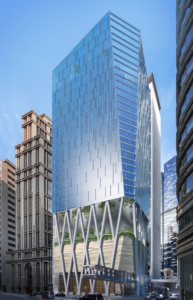 Afro-Asia Shipping Co (Pte) Ltd (AAS) and Shimizu Corporation Investment and Development Division recently announced their joint venture to redevelop Afro-Asia Building, one of the oldest office blocks along Robinson Road in Singapore’s Central Business District (CBD), into a brand new Grade A office building. Cushman & Wakefield’s Capital Markets team acted as the advisor for the transaction.
Afro-Asia Shipping Co (Pte) Ltd (AAS) and Shimizu Corporation Investment and Development Division recently announced their joint venture to redevelop Afro-Asia Building, one of the oldest office blocks along Robinson Road in Singapore’s Central Business District (CBD), into a brand new Grade A office building. Cushman & Wakefield’s Capital Markets team acted as the advisor for the transaction.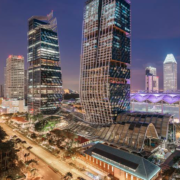
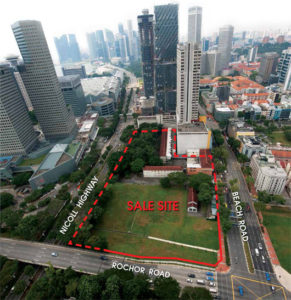 The land parcel at Beach Road is a plum CBD fringe commercial site that should generate good interest amongst developers and investors. With 88,313 square metres of GFA, the site can be developed for office use (minimum 61,820 square metres) and retail use (maximum 3,000 square metres), while hotel, service apartment and residential use are also allowed. Conservation of the former Beach Road police station on the site will enhance the character of the development making it more interesting.
The land parcel at Beach Road is a plum CBD fringe commercial site that should generate good interest amongst developers and investors. With 88,313 square metres of GFA, the site can be developed for office use (minimum 61,820 square metres) and retail use (maximum 3,000 square metres), while hotel, service apartment and residential use are also allowed. Conservation of the former Beach Road police station on the site will enhance the character of the development making it more interesting.